30 September, 2016
Samantha van Urk
Share
Uber generates 18-million-dollars of consumer ‘wellbeing’ every day.
The price of a good in a market reflects both consumer value and the cost of producing the good. On the consumer side, for a consumer to buy a good, his or her willingness to pay for the good (that is the value of the good to the consumer) must be at least the market price of the good.
If the willingness to pay for the good is more than the market price, economists call that consumer surplus.
For example, let’s say Bob is prepared to pay a maximum of $5 per litre of water but water is only 50 cents per litre, Bob is getting $4.50 worth of extra surplus from buying every litre of water.
To date, this theory of consumer surplus has been mainly restricted to an ideal in economics textbooks. Applying it to real-world transactions seemed nearly impossible because it is difficult to identify the whole demand curve for any product.
That’s until the ridesharing company Uber came along. Uber is an app-based service that matches its drivers to consumers who are seeking for a ride from their phone. A remarkable feature of Uber is its use of surge prices. Anyone who has ever taken an Uber taxi during peak hours probably knows that the taxi service doesn’t charge fixed rates: during peak hours when more people are looking for Uber rides or when there are a lack of Uber drivers in an area, the price goes up. In fact, Uber’s increased prices can amount up to five times the base rate!
What makes Uber an absolute dream for economists is the fact that it keeps a rich consumer database, not just including the rides that users have taken, but also the rides that users didn’t end up taking due to high surge prices. In collaboration with Uber, a group of renowned economists from the University of Oxford and Chicago – including The Behaviouralist co-founders Prof Robert Hahn and Rob Metcalfe – went on a mission to measure consumer surplus in a field study for the first time*. Uber gave them access to nearly 50 million of their consumer sessions, extending over Uber’s four biggest U.S. markets – Chicago, Los Angeles, New York, and San Francisco – in the first half of 2015.
The economists first measured how Uber prices affected demand for UberX – thus, whether consumers would actually still take an Uber or not if the prices increased. Interestingly, the Uber customers are not that sensitive to price changes – roughly a 6% decrease in demand for every 10% increase in price.
This change in demand for this change in price demonstrates that many Uber users are willing to pay a lot more than Uber’s base rates.
It seems that these rates are generating a certain amount of consumer surplus – or ‘well-being’. The question is: how much ‘well-being’ are consumers exactly getting out of Uber’s low rates? Identifying a unique opportunity to study this question, the economists discovered a way of using small inconsistencies in surge rates to calculate exactly how much joy consumers are getting from Uber’s fares. It turns out that for every dollar spent on Uber, a consumer receives $1.57 in extra surplus! To put this in perspective: over the four U.S. cities that were part of the study, this amounts to $2.88 billion million per year in consumer ‘well-being’ and across the U.S. they estimate this to be around $7 billion.
What can we take away from this? For one, economic textbooks can finally expand their chapters on consumer surplus with actual real-life data. But more importantly, we can conclude that if we were to remove Uber from our society we would be incurring a high cost in terms of consumer surplus – the joy of buying rides for a price that is much lower than most of us are willing to pay.
*Cohen, P., Hahn, R., Hall, J., Levitt, S., & Metcalfe, R. (2016). Using Big Data to Estimate Consumer Surplus: The Case of Uber (No. w22627). National Bureau of Economic Research.

